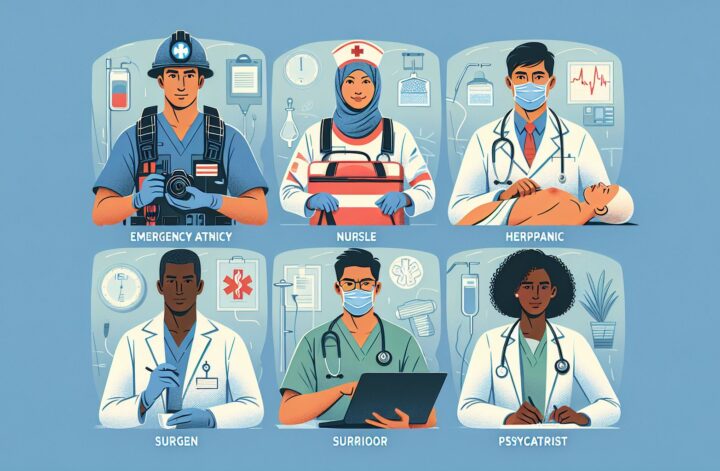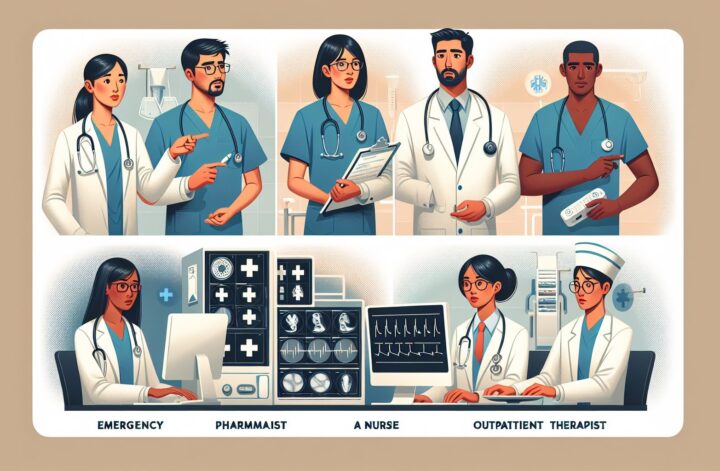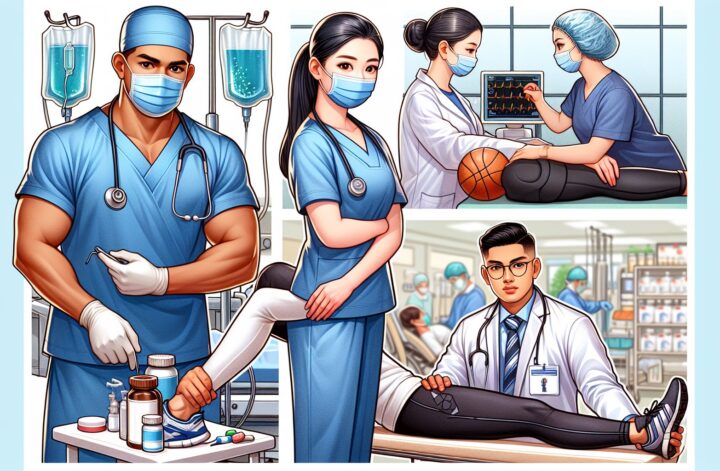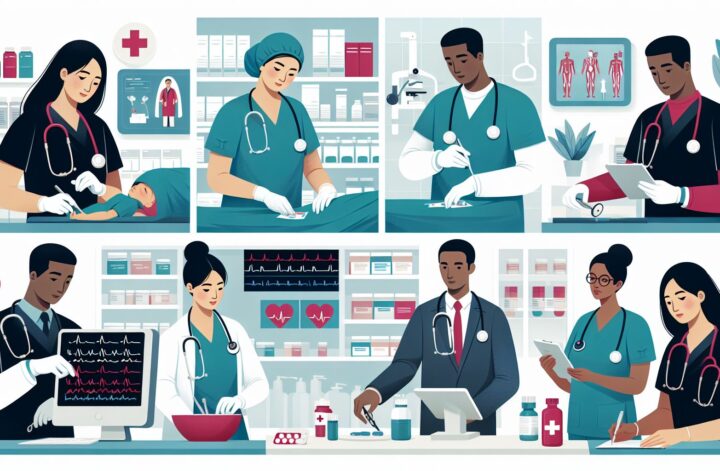Medical assistance comes in various forms, each serving a unique purpose. From primary care physicians to specialized medical practitioners, the healthcare landscape is complex. With an array of medical professionals to choose from, it’s vital to understand the different types of medical help available to ensure you receive the appropriate care. Let’s explore some of the key categories of medical assistance.
Primary Care Physicians
Primary care physicians (PCPs) are often the first point of contact for patients seeking medical help. They specialize in family medicine, internal medicine, or pediatrics, and provide comprehensive, routine medical care. PCPs offer preventive services, diagnose common illnesses, manage chronic conditions, and refer patients to specialists when needed. They serve as the foundation of healthcare and develop long-term relationships with their patients, focusing on overall wellness and preventive care.
Specialists
Specialized medical practitioners possess in-depth knowledge and training in a specific area of medicine. These professionals are experts in a particular field and provide care for complex and specialized health issues. A few examples of specialists include:
- Cardiologists: Experts in diagnosing and treating heart conditions.
- Dermatologists: Specialize in diagnosing and treating skin conditions.
- Orthopedic Surgeons: Perform surgical procedures for musculoskeletal issues.
- Neurologists: Diagnose and treat diseases related to the nervous system.
- Gynecologists: Focus on women’s reproductive health.
- Psychiatrists: Specialize in mental health and provide therapy, counseling, and medication management.
Specialists are typically referred to by primary care physicians when a patient requires advanced care or treatment for a specific condition. Patients often consult specialists for ongoing management or for specialized procedures.
Urgent Care
Urgent care facilities bridge the gap between primary care offices and emergency rooms. These centers provide prompt medical attention for non-life-threatening illnesses and injuries that require immediate attention, such as minor fractures, infections, or flu-like symptoms. Urgent care centers usually have extended hours and weekends, offering convenient access to medical care when your primary care physician isn’t available. However, it’s important to note that for life-threatening emergencies, such as chest pain or severe injuries, emergency rooms should be sought.
Emergency Room
Emergency rooms (ER) are equipped to handle critical, life-threatening situations that require immediate medical intervention. Patients visiting the ER typically have severe injuries, heart attacks, strokes, severe bleeding, or other life-threatening conditions. ERs are staffed 24/7 with highly trained medical professionals, including emergency medicine physicians and specialized nurses. It is important to remember that overcrowded ERs may experience longer wait times for non-urgent cases.
Telemedicine
In recent years, telemedicine has gained popularity as a convenient alternative for medical assistance. Using modern technology, telemedicine provides access to healthcare professionals virtually. Patients can consult doctors via video chat or phone call, allowing for remote diagnosis, prescription renewals, and non-emergency medical advice. Telemedicine has proven especially useful for those residing in remote areas, patients with limited mobility, and for minor ailments or follow-up consultations without physically visiting a healthcare facility.
Conclusion
Understanding the different types of medical help is essential when seeking appropriate care for your health needs. From primary care physicians who offer comprehensive routine care to specialized medical practitioners and urgent care centers for immediate assistance, healthcare providers play distinct roles. Additionally, emergency rooms are equipped to handle life-threatening situations, while telemedicine offers convenient virtual consultations. By familiarizing yourself with these various options, you can make informed choices to ensure optimal medical care for yourself and your loved ones.




